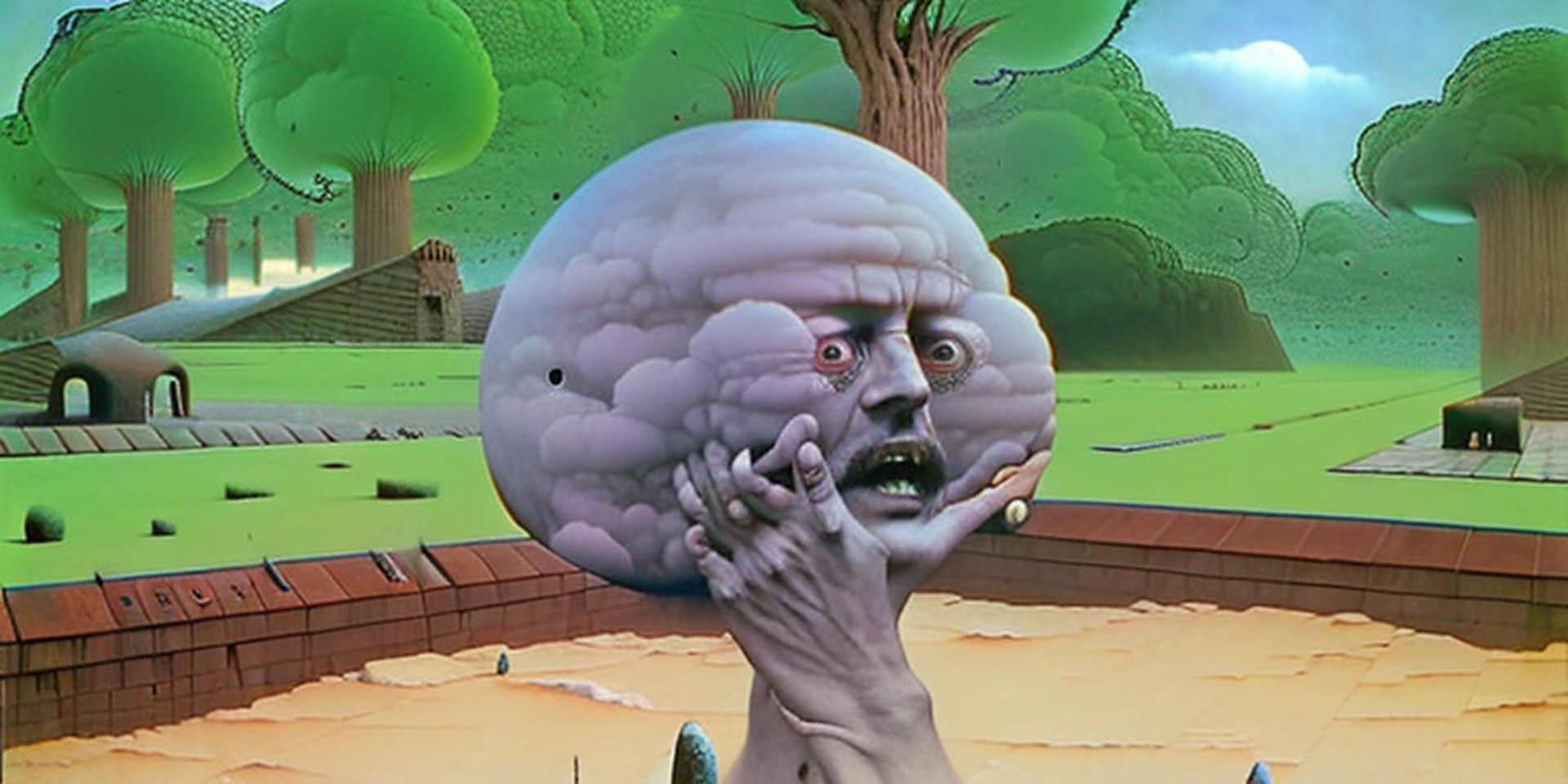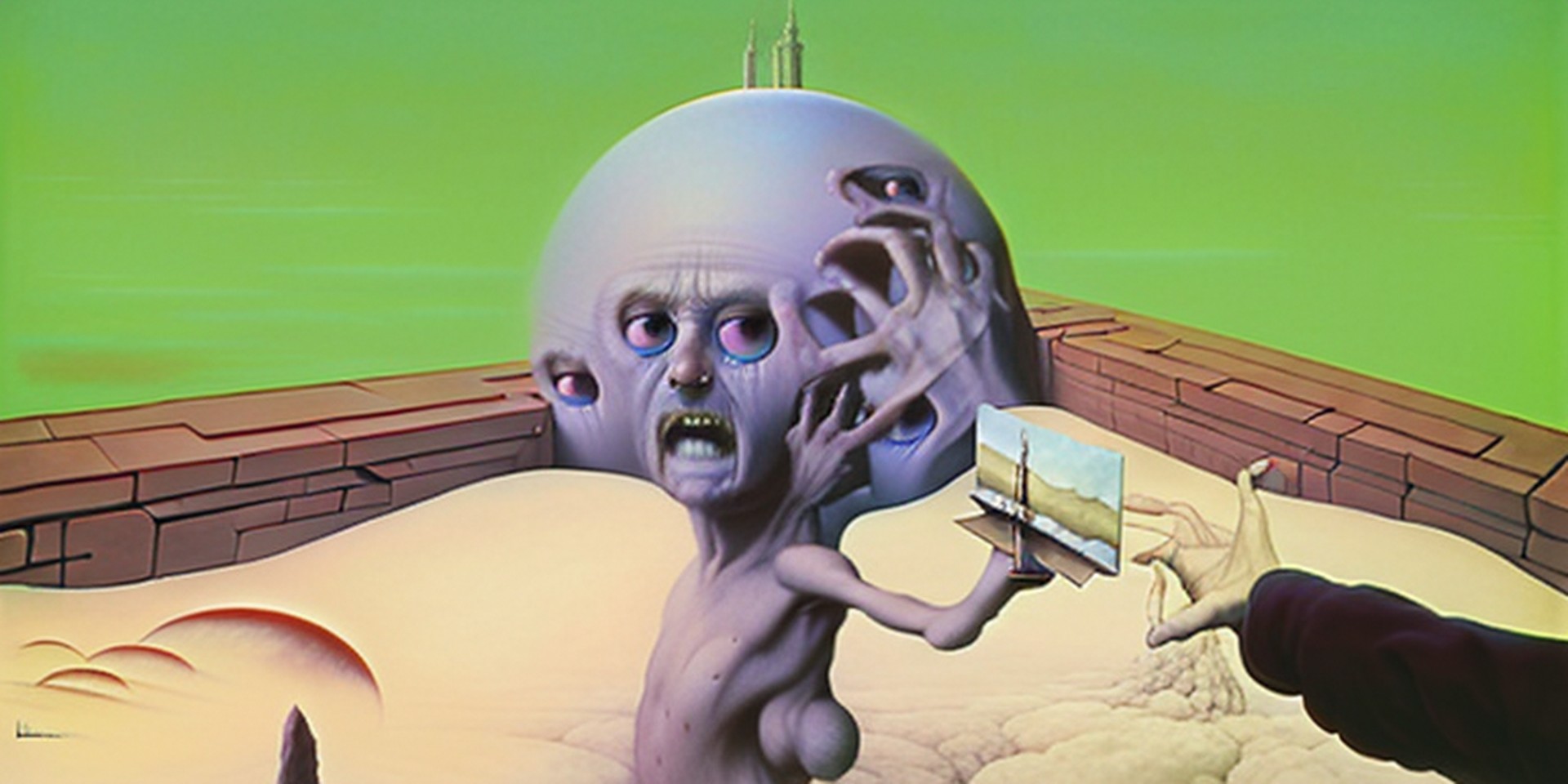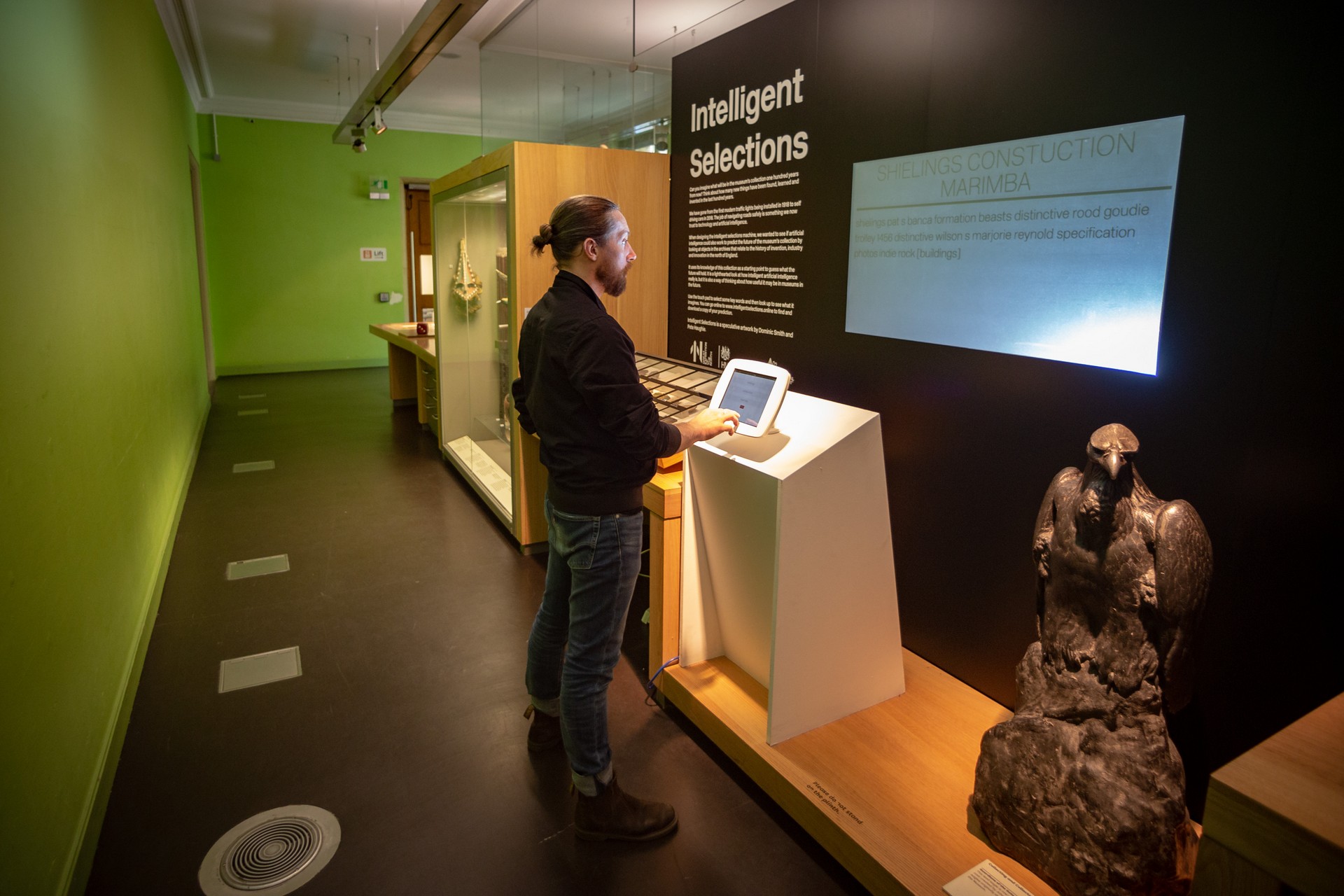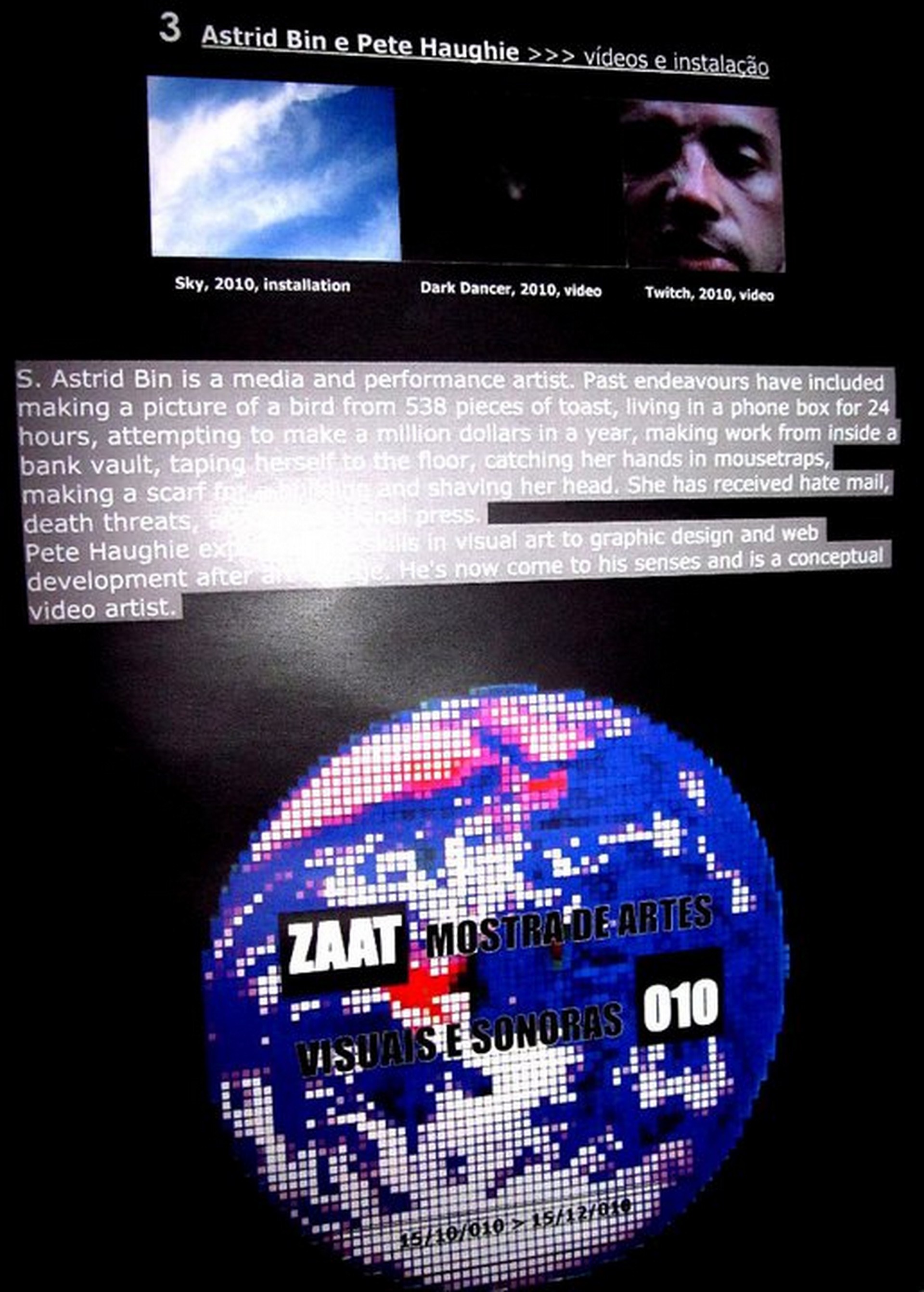About Me
A Brief Introduction
My name is Pete Haughie. I'm an artist and technologist living in Berlin Germany with my wife Astrid Bin and our two cats Uschi and Nadja (who don't have a website).
I studied painting and drawing at a now defunct college in the West Country of England and later followed a Masters of Arts at Newcastle University. For most of my life now I have been a technologist, working for print houses, publishing companies, NGOs, web studios and with artists, as well as pursuing my own projects.
I have deep understanding of many technologies but due to the amount of time I've been using them now I would have to say that I have had a focus on the web.
This website however is a portfolio of my creative work.
This site was was built using one of my own tools, Mural , which you can read about later.
I'm always looking for cool projects to get involved with so if you want to contact me you can do so by emailing me at pete at petehaughie.com
Symphonie | 2023
Interactive Youth Theatre
Symphonie is an interactive play that is a collaboration between director Anna Vera Kelle and Kobakant (Mika Satomi and Hannah Perner-Wilson). It debuted in October 2023, and recently ran again in July 2024 at Theater Strahl in Berlin. In Symphonie each member of the audience plays Bela -powered instruments connected through a network, being transformed into an orchestra at the centre of a story about power, inclusion, and community.
I was hired near the end of the development process to look into finding a solution to creating a distributed sequencer in Pure Data that could be controlled with a single contact interface. It was amazing to work with Kobakant on such an innovotive piece.
Imagine multiplayer Guitar Hero but it's violins and you're taking part in a comedy performance and there are actors sitting among you whilst you play. I promise you've never seen anything quite like it.
_1920_qneDdTcojIwnSQdjyOttw.jpg)
A still from the Theatre Straahl video trailer.
Adult Swim AI Animation | 2023
All hail 3D Squelton
Whilst I was on holiday in Myrtle Beach in 2023 I was playing around with Stable Diffusion, InvokeAI, and Automatic1111 style transfer in the evenings. I was attempting to see what sort of interesting effects I could achieve. Previously I had been using generative AI to create mood boards and backgrounds for VR environments and wanted to further my understanding of the technology. Much to my surprise, after showing off some of the outcomes of my experiments on social media I was asked to attempt a transfer on a 2 minute clip for Adult Swim.

I had to borrow my wife's computer to be able to do this as mine was not up to the task, we were on holiday, and upscaling takes forever. After trying to fit this gargantuan job into my family time I finally got to a place where I thought the images were interestingly gross, wrote some software to automate a bunch of the batching tasks and lit the fire under the generators.

When we eventually got back there were some very late nights that I had to push through whilst also trying to get over my jetlag and tried to get back into a reasonable work schedule but it was eventually handed over - after requested edits from the producers - roughly 12 hours before broadcast.
In retrospect I think that this is my last AI project. I just managed to squeeze this out before the whole AI boom became mainstream and the internet became oversaturated with AI generated 'art'.
Intelligent Selections | 2018
Museum-based Public Facing Installation Exploring Digital Collections Leveraging Machine Learning
By Pete Haughie & Dominic Smith
Intelligent Selections was a joint project between the artist Dominic Smith and I for the Tyne and Wear Archives and Museums Great North Museum: Hancock. It was to run from June to September 2018 as a part of the Great Exhibition of the North — a celebration of the heritage and history of arts, culture, and design in the North organised by TWAM and the National Lottery Fund.
Our brief was to create something that would engage the public consciousness for the duration of the Great Exhibition of the North festival which celebrated arts, culture, and design in the North of England.
We were given unprecedented access to a database containing descriptions of every individual item across the TWAM network with which we gradually trained a Machine Learning algorithm over a period of several weeks. This algorithm ran constantly in the background for the duration of its installation, eventually creating something in the region of thirty four million new records based on the original source material — the longer the installation was in sitú the larger and more varied the output could become. From this pool of possibilities the public could choose one to view via a tablet touchscreen interface where a random selection of nouns — also chosen from the TWAM data — was displayed. When the nouns were matched as closely as possible with textual data from the generated entries the result was displayed on a large back projected screen. These results were also sent to an accompianing website in real time for later retrieval by the viewer. The piece would eventually be interacted with over thirteen thousand times.
www.intelligentselections.online

In Memory of Those Yet to Come | 2018
A Museological Machine Learning installation for suggesting new names for the animals yet to become extinct or the creatures that may follow after we have gone
Using data from the IUCN Redlist containing all the taxonomic information of all known extinct creatures I extracted the English common names and combined it with the highest ranked results from the three most common Amazon product searches — drones, disposable plastic, and plastic toys.
Sounds
Experiments
For a few years now I've been keeping an active Bandcamp account filled with experimental recordings as a form of audio sketchbook.
Each recording I make is an examination of a physical properties of a subject or prototypical instrument, either in software or a tangible interface for expression, often in combination.
A short clip of my MFA performance at the System Gallery in Newcastle upon Tyne in 2018
Dark Dancer | 2010
Computer Controlled Choreography
During the Summer of 2010 into the Spring of 2011 I began to experiment with performance for video and specifically low cost methods of digital distribution and playback.
When the ZAAT Mostra de Artes asked me to produce a piece, the limitation of funds at the time - both mine and theirs - led to experimentation with cheap and readily available tools and equipment. I already had a laptop for working and ZAAT already had a television. After some careful consideration and consultation regarding the procurement of a player we eventually settled on DVD as a medium.
Discs were so cheap as to be essentially free. They were easily available in all countries in any electronic hardware store. DVD players and televisions were everywhere. On top of all that almost all computers of the time were equipped with a drive capable of producing them and therefore could be replaced easily.
I set about learning how to create a generative art experience with them. Due to the lack of publically available documentation I could find it took a few weeks of trial and error but I eventually worked out how to script DVDs to run forever.
Please bear in mind that at this point we were still several years away from the release of the Raspberry Pi Model B so the possiblities of DVDs for generative art in the gallery minus an expensive and comparitively temperamental computer was huge.
Using only a hand cranked torch and a pocket digital camera my partner and I took it in turns to weave in and out of a beam of light and film the other in the heat of two mid-Summer nights, editing during the day.
From the four or five pieces created with this technique Dark Dancer was perhaps in hindsight the most successful.
Dark Dancer ran non-stop for three and a half months on a tiny screen in an underground car park in Lisbon.
A never-ending impossible performance of tireless dancers choreographed by a mindless conductor.

Doom Organ | 2010
Doom Organ was born from the same creative conditions as Dark Dancer. I was till intrigued by the possiblities of cheaply distributed media for the easy disseminitation of video art. In retrospect it would have been nice to have created a guerilla installation in a TV showroom or supermarket.
As successful as Dark Dancer was, it was missing two things. Sound and scale. Doom Organ had the potential for both of those things. There were no figures in Doom Organ, just bold block colours, and matched with each an octave of pure sine waves of varying lengths and a silent black screen of the same durations as a form of rest.
On the Winter Solstice of 2010 - coincedentally also my birthday - I released a disc image of Doom Organ on my website for people to download and gave only the following simple rules: Run this disc on as many machines in the same place at the same time as you can. I asked for video evidence and waited. Over the next few days I recieved videos from Portugal, Germany, England, and the United States.
The result was a fun bright cocophony of computers and TVs all blaring at once.
During a rare opening night of Jim Whiting's Bimbo Town in Leipzig Doom Organ recieved its only gallery installation.
Mural | 2016 – Present
A Tool for Creating Visual Long-form Stories
Mural is a cross-platform application which attempts to if not solve then mitigate the difficulties of producing long-form rich media content for artists and journalists short on time, skills, or development budgets.
The origins of Mural start on a Serbian Mountaintop in the village of Drvengrad where Douglas Arellanes and I were drinking the local plum brandy and discussing the then recent triumphs of the Guardian and New York Times and their respective stories Fire Storm and Snow Fall - both wildly engaging yet incredibly expensive technical achievments. We decided to try and implement something as a proof of concept based on the now defunct content management system Newscoop, developed by Source Fabric.
The theme for the CMS was first shown to the public as part of the Corners of Europe project for ISIS Arts (now D6). After the support for the CMS was dropped by Source Fabric we decided to separate the theme out and create something created specifically for long-form content creation.
The first iteration was initially funded by the now suspended Google Digital News Initiative in 2016 and was brought to a more realised useable state during 2017 whilst I was pursuing my Masters at Newcastle University. The platform is still undergoing active development and we are always looking for partners and clients. Mural is open source and free, relies on the simplest server stack for delivery (HTML, JS, CSS), it has off-the-shelf support for YouTube and Vimeo or even local files, chaptered audio with automatic fade-in and out , automatic content advance, and works on all modern browsers - desktop, tablet, and mobile.

